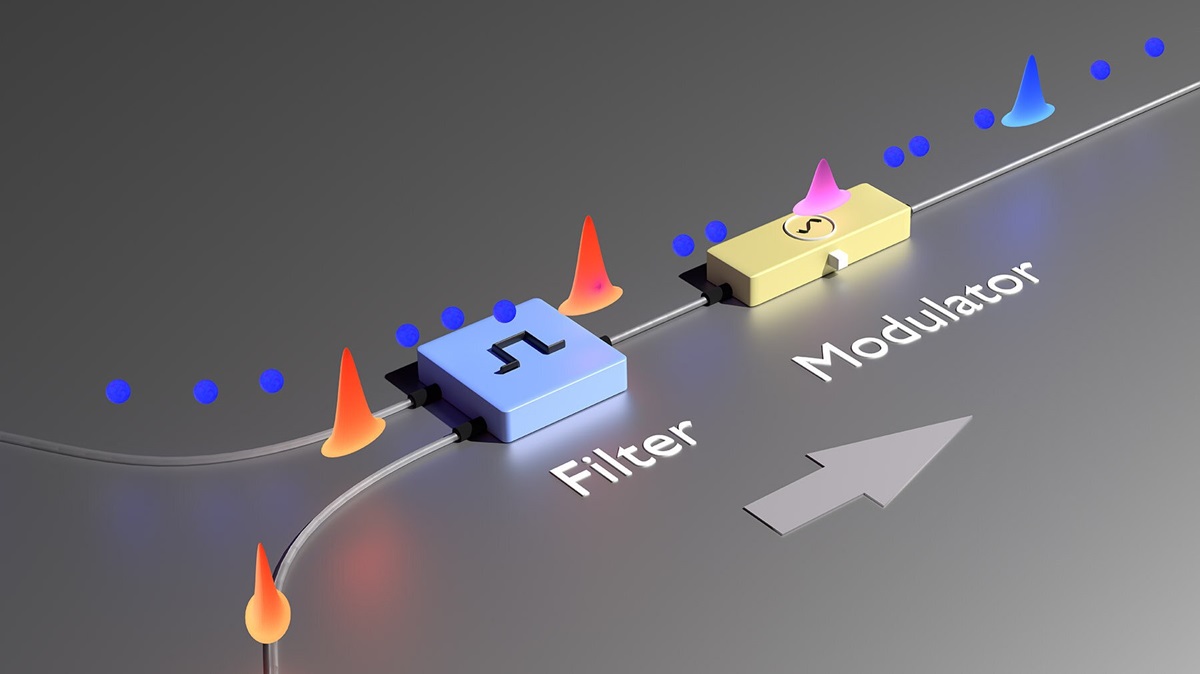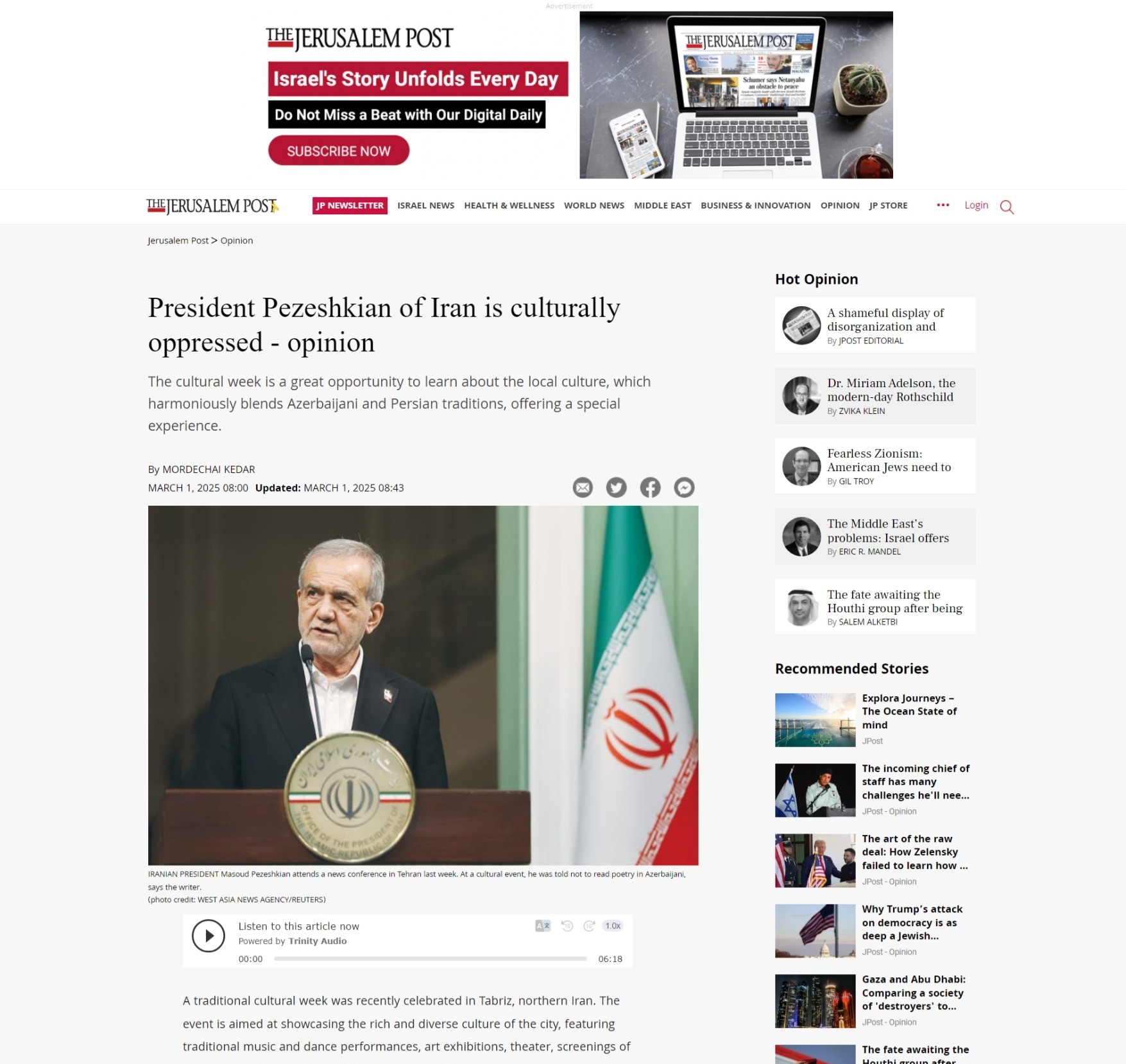Researchers have designed a new kind of transmitter-receiver which could send entangled photons over an optical fibre.
The concept could see a future “quantum internet” merged with current telecommunications technologies.
Quantum internet could see the strange effect of quantum entanglement be used to make uncrackable encryption. Not even quantum computers – themselves still in the development phase – would be able to crack the security of a quantum internet.
“To make the quantum internet a reality, we need to transmit entangled photons via fibre optic networks,” says Michael Kues from Leibniz University Hannover in Germany. “We also want to continue using optical fibres for conventional data transmission. Our research is an important step to combine the conventional internet with the quantum internet.”
Kues is senior author on a paper detailing the research published in the journal Science Advances.
Current methods for transmitting quantum entangled information along optical fibre involves spectral multiplexing. This technique combines a mixture of photon frequencies (colours) with the entangled information to be unmixed at the other end.
But the authors of the new study say, “more resource-efficient approaches are required”.
Until now, it hasn’t been possible to use conventional and quantum internet transmission in an optical fibre focused on a single colour.
“The entangled photons block a data channel in the optical fibre, preventing its use for conventional data transmission,” says co-author Jan Heine, a doctoral student in Kues’ group.
“We can change the colour of a laser pulse with a high-speed electrical signal so that it matches the colour of the entangled photons,” explains first author Philip Rübeling, also from the Leibniz University Hannover. “This effect enables us to combine laser pulses and entangled photons of the same colour in an optical fibre and separate them again.”
This method could see today’s internet merged with the quantum internet.
Photons can now be sent in the same colour channel in both quantum and conventional internet transmission.
“Our experiment shows how the practical implementation of hybrid networks can succeed,” says Kues.





















Discussion about this post